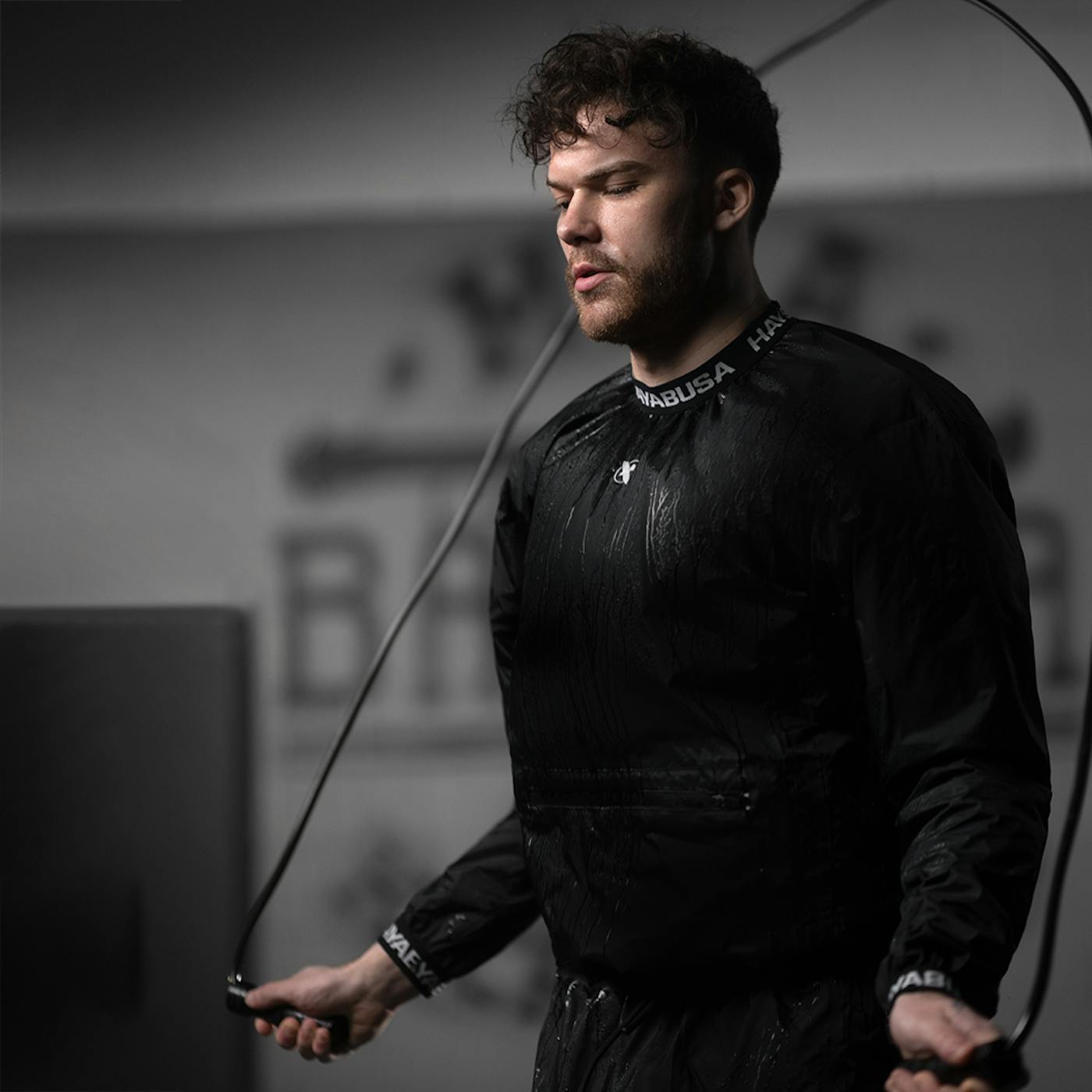The intensity of any martial arts workout must be balanced with a recovery period to prevent injuries, improve performance, and maintain longevity in the sport. It’s an essential part of combat training and should never be skipped.
Fortunately, recovery for fighters ranges from traditional methods to advanced technology, each with its own benefits. This article will take you through five of the most common and illustrate how having the right boxing or MMA gear can maximize the positive effects.
Whether you prefer a classic recovery model, a more modern approach, or a combination of the two, allow your body and mind time to recharge before your next session. You’ll feel a significant difference when you do.
1. Ice Baths: The Classic Recovery Method
Ice baths are part of a standard recovery routine for many sports including boxing and MMA. The extreme cold helps to reduce inflammation and soreness post-training and benefits circulation.
Simply fill up a tub with cold water and ice and immerse the body, at least to the waist, for 10-15 minutes. The popularity of this recovery method has led many gyms and wellness centers to offer cold plunge services.
Trying it out for the first time? Start with a five-minute session and build up from there. Listen to your body and adjust the temperature and your immersion time as needed.
On the days you plan for a post-workout ice bath, pack all your essentials in a roomy, durable gym bag that can hold your swimsuit or swim trunks, an extra set of dry clothes, and toiletries.
Read more: Tips for Maintaining a Pristine, Clean Jiu-Jitsu Gi

2. Massage Guns and Foam Rollers
The use of massage guns is another common way to aid recovery. Utilization improves blood flow and breaks up knots in the muscles.
Modern versions of machine guns are available for home use with different attachments and speeds to target key areas like the shoulders, thighs, and forearms. Regular use also helps to prevent stiffness and simply feels good after a challenging workout.
A foam roller is another everyday recovery tool used to massage tight muscles and stay loose and limber. This is often used to reach the lower back and back of the legs.
To prevent tension buildup in the hands and arms, hand wraps are important to maintain hand-wrist alignment while also protecting the knuckles during your workout.
Read more: Proper Hand Placement: Techniques for Safety
3. Compression Gear for Recovery
Compression gear has become increasingly popular over the years. It improves circulation, reduces swelling, and aids in muscle recovery for fighters post-training sessions.
It’s designed to help remove lactic acid and deliver nutrients back to damaged tissues. The result? Faster muscle repair and reduced soreness to fight another day.
Compression-friendly sauna suits, in particular, deliver an added recovery boost and enhance workouts by boosting cardiovascular performance. Keep in mind, though, compression gear should fit snugly but should not cut off circulation or make it difficult to breathe.
Read more: Do Sauna Suits Work or Are They a Fad?

4. Stretching and Mobility Work
A proper warm-up and cool down are essential to every workout to stay limber and maintain easy mobility for striking and grappling.
Dynamic stretches post-training, such as hamstring stretches and spinal twists allow your body to gain greater flexibility since the muscles are already warm from the workout.
When attending boxing or MMA classes, the instructor typically leads a stretch session as part of post-workout recovery for fighters. However, if you’re training on your own or with a sparring partner, incorporate simple movements like arm circles, shoulder rolls, and butt kicks to benefit the body’s recovery.
Read more: How to Strengthen Wrists for Boxing With 4 Exercises
5. Proper Hydration and Nutrition
Expect extensive sweating during any combat sports training, which means hydration and balanced nutrition are essential for energy replenishment as part of muscle recovery for boxers. It’s also crucial to prevent overheating and fatigue.
Incorporate electrolyte-rich drinks and protein-rich snacks post-workout. Stow water bottles, nuts, fruit, and other easy-to-grab items in your gym bag for easy accessibility.
Read more: Boxing Training Basics: A Quick Guide to Nutrition
Frequently Asked Questions About Recovery for Fighters
What active recovery methods can I incorporate into my routine?
In addition to restful recovery methods, you can also alternate light activity on the days you’re not training.
These activities may include walking, biking, swimming, or yoga. Each of these keeps the body mobile and strong so you can train your best whenever you step onto the mat.
Which muscle recovery for boxers is best for me?
It depends on personal preference. If you’re not sure which will be most optimal, separately try all five and see which delivers the benefits you’re looking for.
Though all recovery methods are advantageous, not all need to be performed, so pick whatever is most helpful to you.
What else can I do to boost my recovery?
Many fighters like to schedule massages with a therapist in addition to using a foam roller or massage gun. A trained professional can access muscle areas more easily to work out deep knots and ease tight muscles.
Hayabusa Airstream Athletic Duffle Bag

Hayabusa Pro Sauna Suit

Hayabusa Elite Quick Wraps

Hayabusa Pro Hooded Sauna Suit

Additional Post-Training Recovery Tips
Prioritizing recovery regularly is as important as finding a rhythm for your training sessions. To maximize your effort and give the body what it needs to regenerate, here are a few additional post-training recovery tips:
- Spend time in the sauna. The warmth of the sauna relaxes muscles and improves circulation to enhance recovery. This can be alternated with an ice bath immersion for hot/cold therapy. Saunas are also a great way to unwind and relax the mind after a grueling session.
- Prioritize sleep. Maintaining healthy habits will enhance your workouts and help you along your fight journey. In addition to proper nutrition and hydration, sleep is one of the most crucial parts of maintaining good physical and mental health. Aim for a consistent sleep schedule of between 7-9 hours per night.
-
Incorporate meditation. Though meditation may seem counterintuitive to the physical awareness necessary for martial arts training, it’s a nice complement. It trains the mind to focus on the present moment which provides the clarity and responsiveness necessary to fight.
Try flotation therapy. One of the best recovery tips for MMA athletes is to add flotation therapy to post-workout rotation. Floating in saltwater provides a sensory deprivation experience that calms the mind and nervous system after an intense fight session.
Rest Up for Your Next Fight with Hayabusa
Essentially, pushing the body too hard without any rest will only lead to pain and injury. Take care of your body both on and off the mat so you can maximize your efforts when training.
From ice baths to massage guns and compression gear to stretch exercises, there are several methods to choose from for your recovery. Find what works best for you and stick with it to give your body what it needs to build endurance and maintain strength.
Ready to optimize your recovery? Hayabusa has all the gear and equipment to support every step of your fight journey. Check out our hand wraps and sauna suits to elevate your post-training routine!




